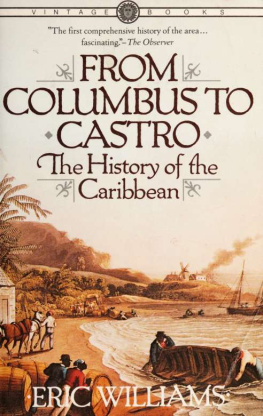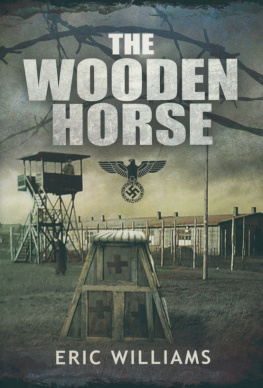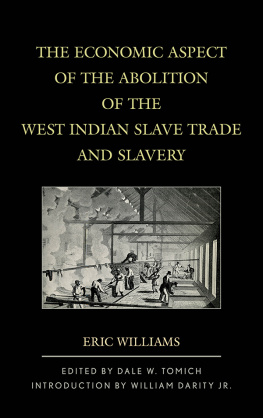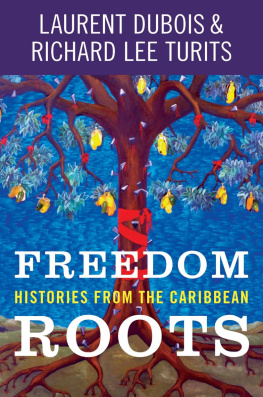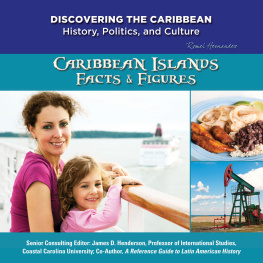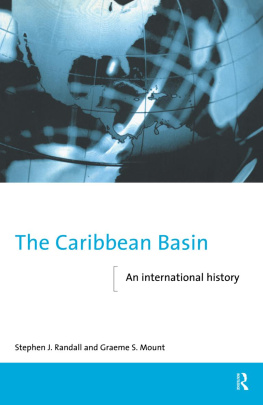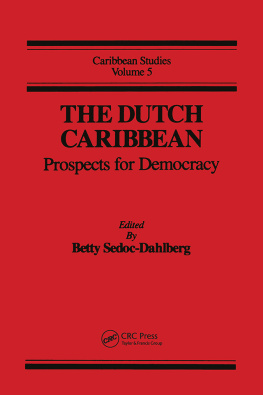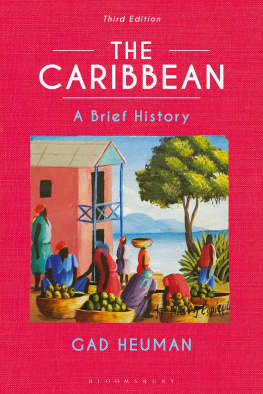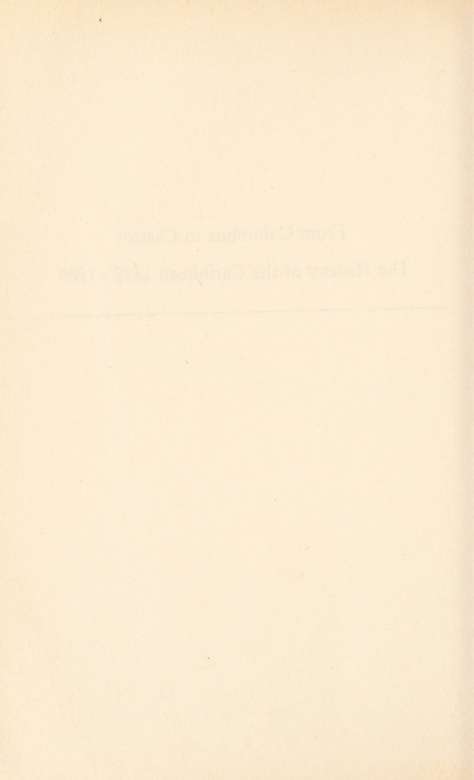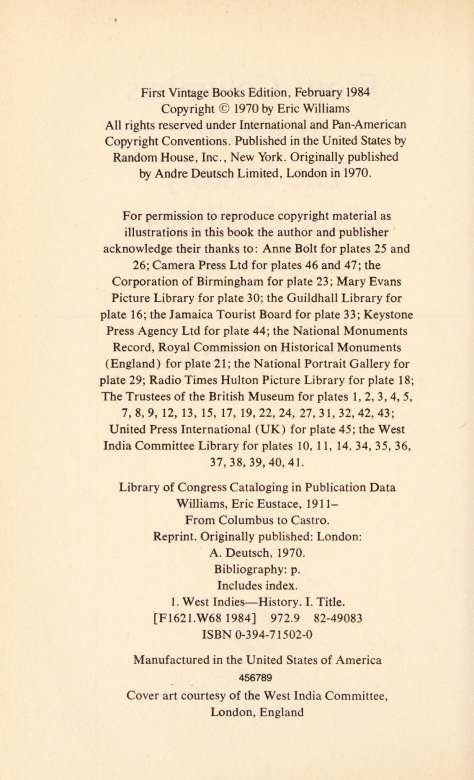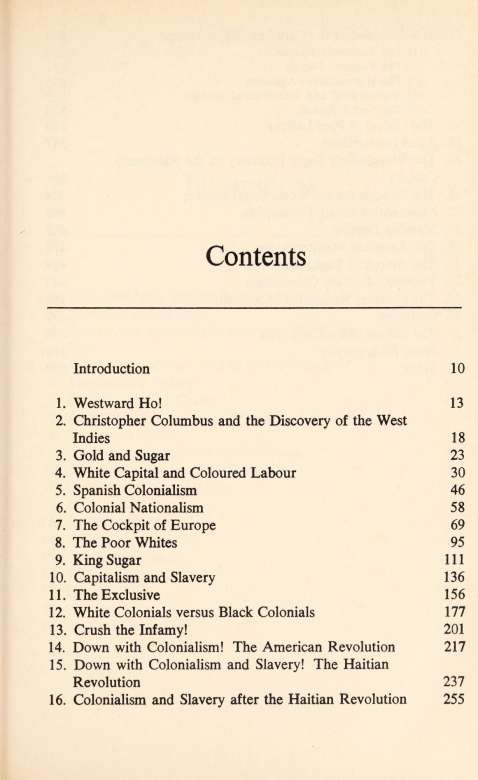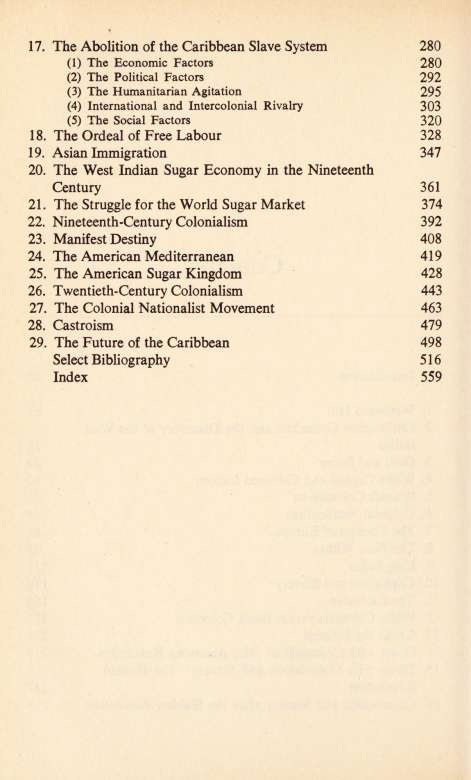This book made available by the Internet Archive.
TO THE PEOPLES NATIONAL MOVEMENT OF TRINIDAD AND TOBAGO
^Great is the P.N.M, and it will prevail'


. Jt - i.<':r_;i: .; . * ^ -..i v,... ,...T^.i^*****^* - . -^- . il


Illustrations
facing
page
1. Columbus being greeted by the Indians 32
2. Spaniards mining gold 32
3. Sugar: the greatest gift from the Old World to the
New 33
4. A Spanish settlement sacked by the French 33
5. The death of Hatuey 64
6. Bartolome de las Casas 64
7. A sixteenth-century view of the West Indies 65
8. Sir Francis Drake 96
9. Anglo-French rivalry in the Caribbean 96
10. Barbados in the seventeenth century 97
11. Cross-section of a trapiche 128
12. Morgan Godwyn 128
13. Sir Dalby Thomas 128
14. A Negro festival 129
15. A Surinam Planter 160
16. William Beckford 160
17. Planters folly 160
18. A slave poster 161
19. A Negro hung alive 161
20. The start of the Middle Passage 192
21. Negro figure 192
22. Toussaint Louverture 193
23. Henri Christophe 193
24. English Harbour, Antigua 288
25. Nelsons monument, Bridgetown 288
26. The Rodney Memorial, Spanish Town 288
27. Thomas Clarkson and William Wilberforce 289
28. The plan of a slave ship 289
29. The Anti-Slavery Convention 320
30. A Slave in Chains 320
31. Sir Thomas Fowell Buxton 321
32. James Stephen 321
33. Emancipation 321
34. Holing a Cane-Piece 400
35. Planting the Sugar-Cane 400
36. Cutting the Sugar-Cane 400
37. A Mill-Yard 400
38. Exterior of a Boiling-House 401
39. Interior of a Boiling-House 401
40. Interior of a Distillery 401
41. Exterior of a Distillery 401
42. & 43. Nineteenth-century Cuban sugar factories 496
44. American guard of honour for President Batista 496
45. Fidel Castro meets Richard Nixon 496
46. Fidel Castro starts the harvest 497
47. Che Guevara 497
48. 1959-1969: Tenth Anniversary of the triumph of
the Cuban rebellion 497
From Columbus to Castro:
The History of the Caribbean 1492-1969

Chapter One
Westward Ho!
The decisive landmark in the history of the fifteenth century, representing the transition from the Middle Ages to the modern era, was the Portuguese exploration and conquest of the West African coastline.
Up to 1415, when the Portuguese attacked and captured the Moorish stronghold of Ceuta in North Africa, the world, as known to and by the Europeans, was virtually limited to the world known to the Phoenicians, Greeks and Carthaginians. It embraced Europe, Asia Minor and North Africathough Alexander the Great and the Roman legions had left behind memories of India, and Ethiopian civilisation was known to the Greeks. But the Travels of Marco Polo in the thirteenth century whetted the appetite with their descriptions of the Kingdom of Prester John, the empire of the Grand Khan, and the gold of Java and India.
With their conquest of Ceuta, the Portuguese set out on their discovery and exploration of the West African Coast. In 1435 they reached Senegal, in 1443 Cape Bojador, in 1446 Sierra Leone, in 1455 Guinea, and in 1481 the Congo. They stood poised for that superb achievement of Vasco da Gama, the rounding of the Cape of Good Hope, which opened the way to India.
From Columbus to Castro
That was Europes dream in the fifteenth century, that was Europes ambitionto reach India and the East. The Crusades had disrupted the normal overland connections, while the Italian maritime States of Venice and Genoa, sitting astride the sea routes, charged heavy tolls. The search for a westward route to India which dominated the fifteenth century had its roots in severely practical considerations. The Estates General of France in 1484 complained that in four years two previous Popes had drained France of more than two millions in gold.
The practical urge to discovery and expansion was also based on a much greater store of theoretical knowledge than had previously been available. The medieval view that the earth was flat could not withstand the Renaissance outlook which had developed renewed interest in a knowledge of geography from the study of Ptolemy, Strabo and Greek geographers who had speculated on the possibility of more easily reaching the Far East by a western voyage from the Pillars of Hercules. In the thirteenth century Roger Bacons scientific method with its subordination of philosophy to mathematics led him to speculate as to the distribution of land and ocean over the globe, to hazard the view that a few days sail westward from Spain would lead to eastern Asia, and to anticipate instruments for navigation, the automobile and the crane. The end of the fifteenth century witnessed the scientific method of Leonardo da Vinci, the representative man of the Renaissance, who anticipated the discovery of the law of gravity, designed the first submarine, and clearly foresaw the aeroplane.
By 1474 Columbus, even then planning his historic voyage, was assured by the great Italian geographer, Pablo Toscanelli, that his intentions were sound: The voyage you wish to undertake is not as difficult as people think; on the contrary, the ships course is certain...

